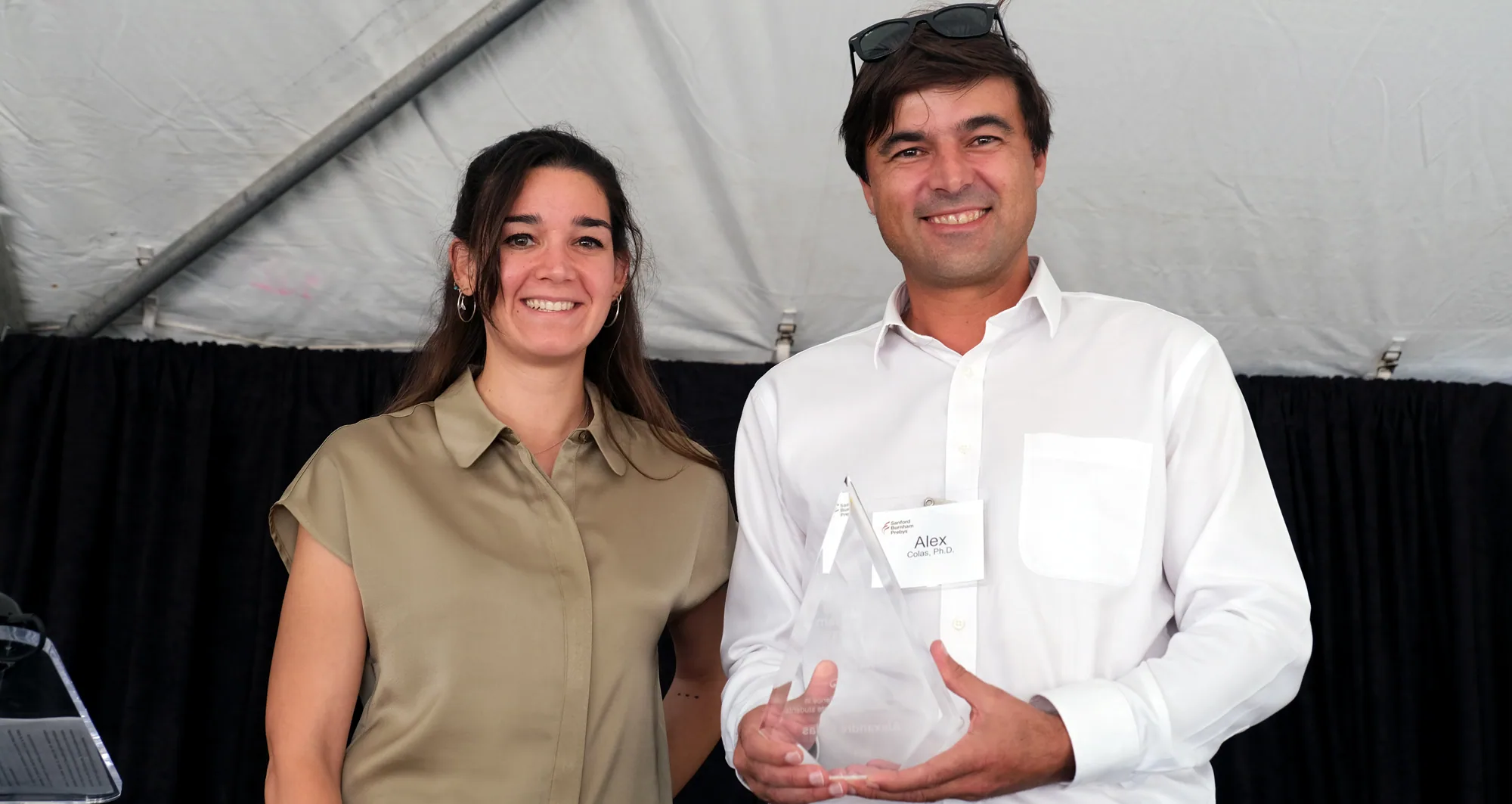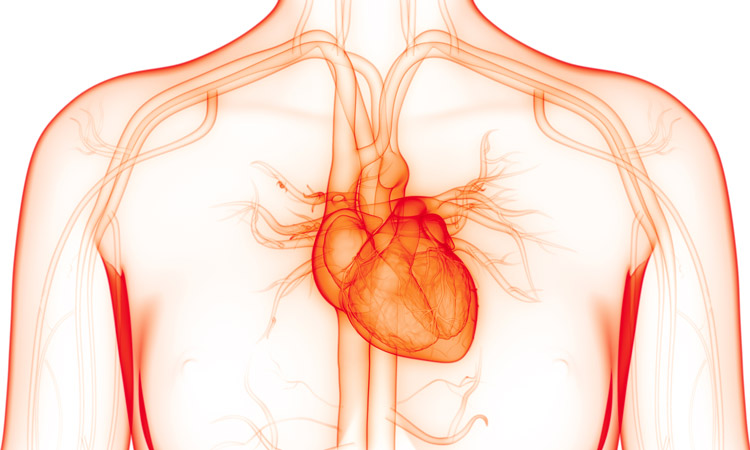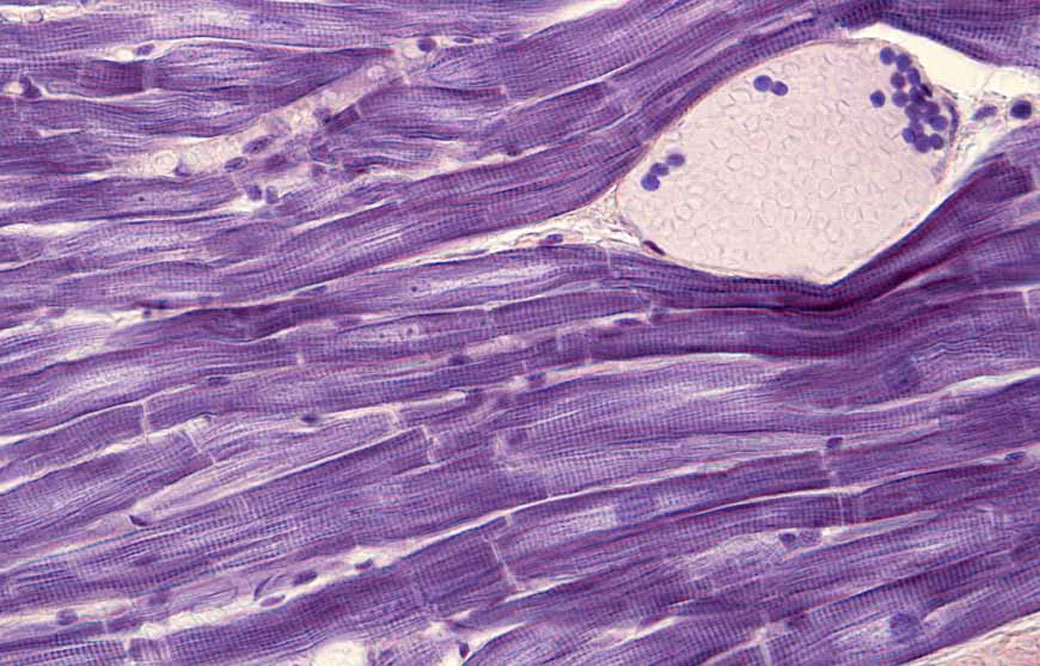Colas was applauded for enthusiastically promoting mentees’ professional and scientific development.
Alexandre Colas, PhD, was named as the 2024 Mentor of the Year at Sanford Burnham Prebys. This honor is jointly awarded by the institute’s Office of Education, Training and International Services (OETIS) and the Postdoctoral Training Advisory Group (PTAG).
Colas is the associate dean of admissions for the Sanford Burnham Prebys Graduate School of Biomedical Sciences and associate professor in the institute’s Development, Aging and Regeneration Program.
The Mentor of the Year awardee was determined following a selection process driven by postdoctoral scholars. After a committee reviewed nomination letters submitted by postdoctoral associates and graduate students, Colas was announced as the recipient on September 19 at the 23rd Annual Biomedical Research Symposium.
“It is evident that Colas has remarkable mentorship skills and a genuine commitment to fostering both the scientific and professional development of his postdocs and graduate students,” said postdoctoral associate and PTAG representative Alicia Llorente Lope, PhD, during her presentation of the Mentor of the Year award.
“Colas’ nominators described him as kind, compassionate and someone who creates a positive, collaborative and intellectually stimulating environment in his lab. His enthusiasm for science is infectious, and it inspires those around him.”
Additional comments from Colas’ nominators include:
“He promotes participation in career development and events, encouraging all his mentees to attend scientific workshops and training events, conferences, talks and symposia that will benefit our scientific and personal growth.”
“As an enthusiastic leader, Colas organized events to celebrate achievements and milestones. He used these opportunities to promote team-building and collaborative efforts among his lab members and beyond the lab.”
“Whether discussing complex scientific hypotheses or the latest developments in our field, Colas has a unique ability to make even the most challenging concepts accessible and exciting.”
“His influence and guidance have allowed me to push myself outside my comfort zone and to become a better scientist.”
“He guides students through difficulties, offering thoughtful advice and constructive feedback that helps us overcome obstacles and strengthens our resilience and confidence as researchers. His mentorship has helped me achieve great scientific discoveries in the lab and grow closer to becoming an independent research scientist.”
“Should I establish my own lab, I aspire to follow Colas’ mentoring and leadership style, which I believe is the epitome of mentoring perfection.”


